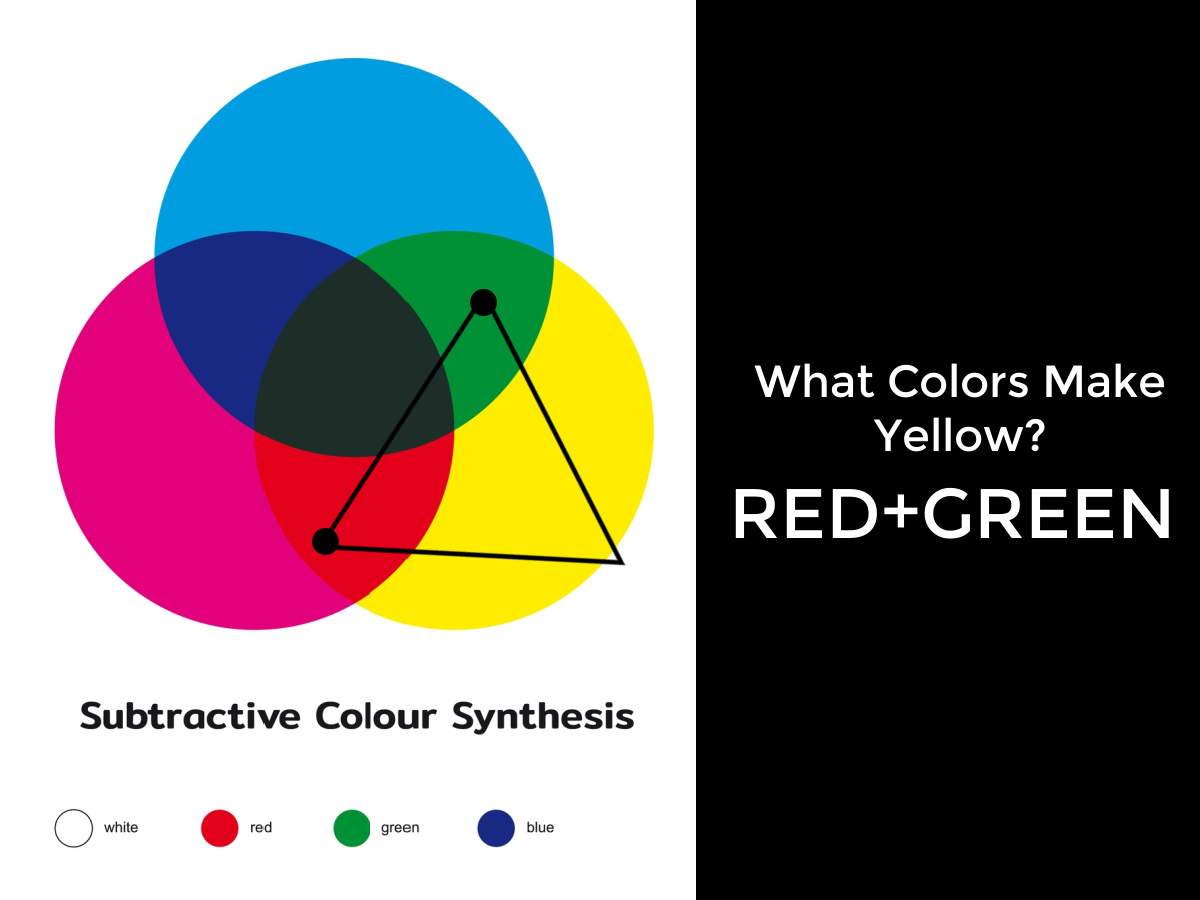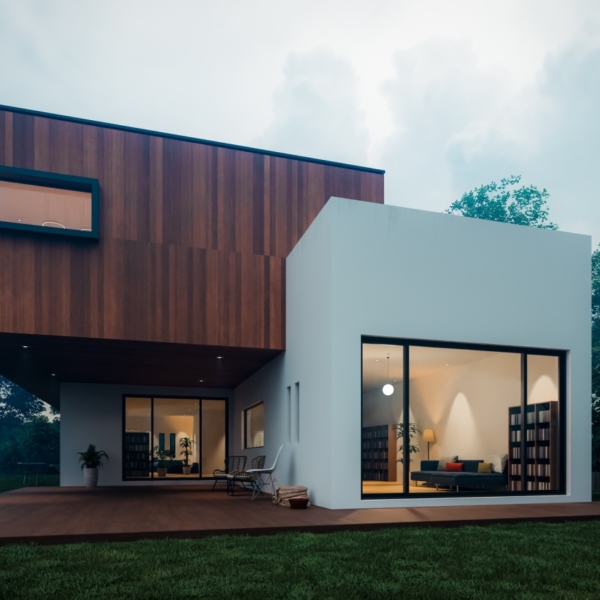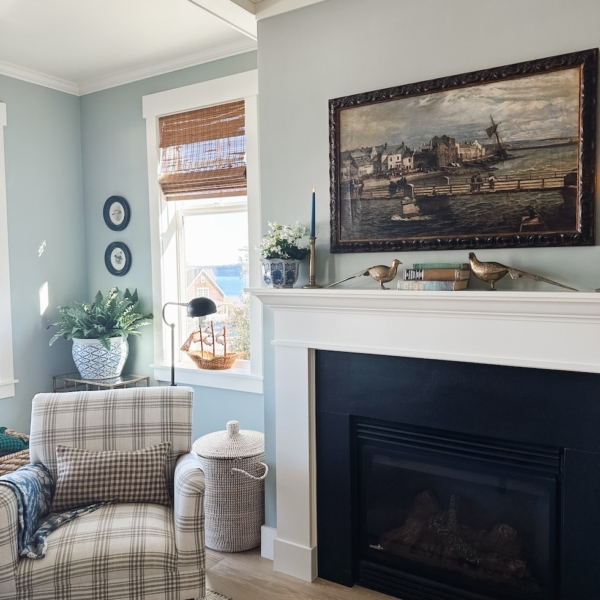Yellow is a combination of red and green. The color yellow is associated with warmth, energy, and positivity. It’s a versatile color in graphic design, painting, and interior decor. The principles of color theory help in understanding yellow’s constituent elements.

Yellow as a Primary Color
Yellow is a primary color, alongside red and blue. The three primary colors act as a foundation for making a variety of other colors.
Mixing yellow with one of the other primary colors creates secondary colors. For instance, mixing yellow and red produces orange, while yellow and blue yields green.
Yellow’s bright and warm properties influence the warmness or coolness of the resulting color in color mixing. Its versatility allows designers, painters, and artists to create various hues and tones.
Yellow on the Color Wheel
The color wheel is a visual representation of the relationship between colors. Designers and artists use it to understand how colors interact, blend, and complement each other.
The wheel is split into primary, secondary, and tertiary colors. Yellow sits between green and yellow-orange on the color wheel, and its hex code is #FFFF00.
According to color theory, yellow is a warm color (like red and orange) associated with energy and creativity. It’s known for its high visibility and ability to catch the eye. These qualities make it essential in color schemes and design applications.
Yellow’s Emotional and Psychological Associations
Yellow’s vibrant hue evokes a wide range of human emotions and behaviors. It mentally activates and stimulates creativity, higher cognition, feelings of warmth, and optimism.
Its association with positivity makes it excellent for conveying joy and enthusiasm. Yellow uplifts moods while creating cheerfulness in visual and emotional contexts.
Yellow in Ancient Cultures
The use of yellow goes back as early as 45,000 BCE. It was used in decorating cave walls and the human body due to the wide availability of the yellow ochre pigment.
Ancient Egyptians painted their gods in yellow, which resembled gold. In China, it was the color of the emperor, symbolizing power and authority. Hinduism associates yellow with knowledge, learning, and spirituality.
Yellow is associated with the sun, thus evoking senses of enlightenment, clarity, and wisdom. It can stimulate mental activity, enhance concentration, and promote clear thinking.
However, in excess, yellow can overstimulate and overwhelm, causing anxiety, irritation, restlessness, emotional fragility, and impulsiveness.
It’s also linked to caution and warning. The color is used in road signs, traffic lights, taxis, school buses, and hazard warnings to grab attention and convey a sense of urgency.
Creating Yellow Through Color Mixing
Mixing Red and Green to Make Yellow
Mixing red and green makes yellow. Yellow is the absence of blue in the subtractive color model. The combination of red and green ink cancels the blue component, leaving yellow.
Tinting creates a lighter shade of yellow by adding white to the red and green mixture. First, mix red and green to achieve the desired yellow base color. Next, gradually add small amounts of white until you reach the preferred level of lightness.
Adding black or a complementary color like purple, which contains red and blue, creates a darker shade.
Using a Color Wheel to Predict Outcomes
A color wheel represents the relationship between colors, so you can foresee how various hues interact. Since red and green complement yellow on the color wheel, mixing them will produce yellow. It also helps to predict how adjusting ratios and introducing other colors affects the resulting yellow shade.
Tips for Achieving the Desired Shade of Yellow
Achieving the desired shade of yellow requires an understanding of color principles. You need to experiment with different color combinations and proportions.
Adjusting the Ratio of Colors
Identify the quality you want to change in your yellow, whether it’s brightness, darkness, warmth, or coolness. Your desired outcome will dictate which colors you need to add or adjust. Adding white to the yellow base makes it lighter, while purple makes a darker yellow.
To make warm yellow, use warm colors like red and orange. Add cool colors like green to make cool yellow. Modify the ratio of warm colors and cool colors to create custom shades.
Starting With the Right Base Colors
The base colors are the foundation for building your desired yellow shade. Select your base colors with the outcome in mind.
For instance, mixing red with blue will yield shades of purple or violet but not yellow. A deep, rich red and vibrant green are excellent when aiming for a rich, intense yellow. Use a less saturated yellow base, like ochre, for a muted or earthy yellow.
Considering Color Opacity
Color opacity determines how opaque or transparent a color appears when applied to a surface. Pigments and paints have varying opacity levels, affecting the final color outcome.
With transparent or semi-transparent yellows, the underlying colors or surface will influence your yellow’s appearance. To ensure mixing accuracy, consider the transparency and translucency of your pigments and adjust your ratios accordingly.


